Up until a couple of seasons ago, your options for a long travel suspension fork were largely confined to just two brands. Or at least from a performance and serviceability perspective anyway.
There’s been a recent explosion in the number of suspension offerings on the market however, and now riders have a load of choices to contend with. In the long travel trail bike arena, you’ve got the likes of the Manitou Mattoc, Formula Selva, DVO Diamond, Ohlins RXF 36, Cane Creek Helm, X-Fusion McQueen, and BOS Deville jumping into the pool with the more mainstream options like the RockShox Pike and Fox 36.
In addition to those forks (and others), there’s yet another option on the market, which we first came across at last year’s Eurobike show at the MRP booth. Modelled on the existing MRP Stage fork, the new Ribbon fork brings fourth a Boost-specific chassis along with a few other improvements including the Ramp Control cartridge, and has made quite the splash doing so. We were teased again with the Ribbon fork again at Core Bike earlier this year, but now after months of waiting for production, we’ve finally got one in to test.
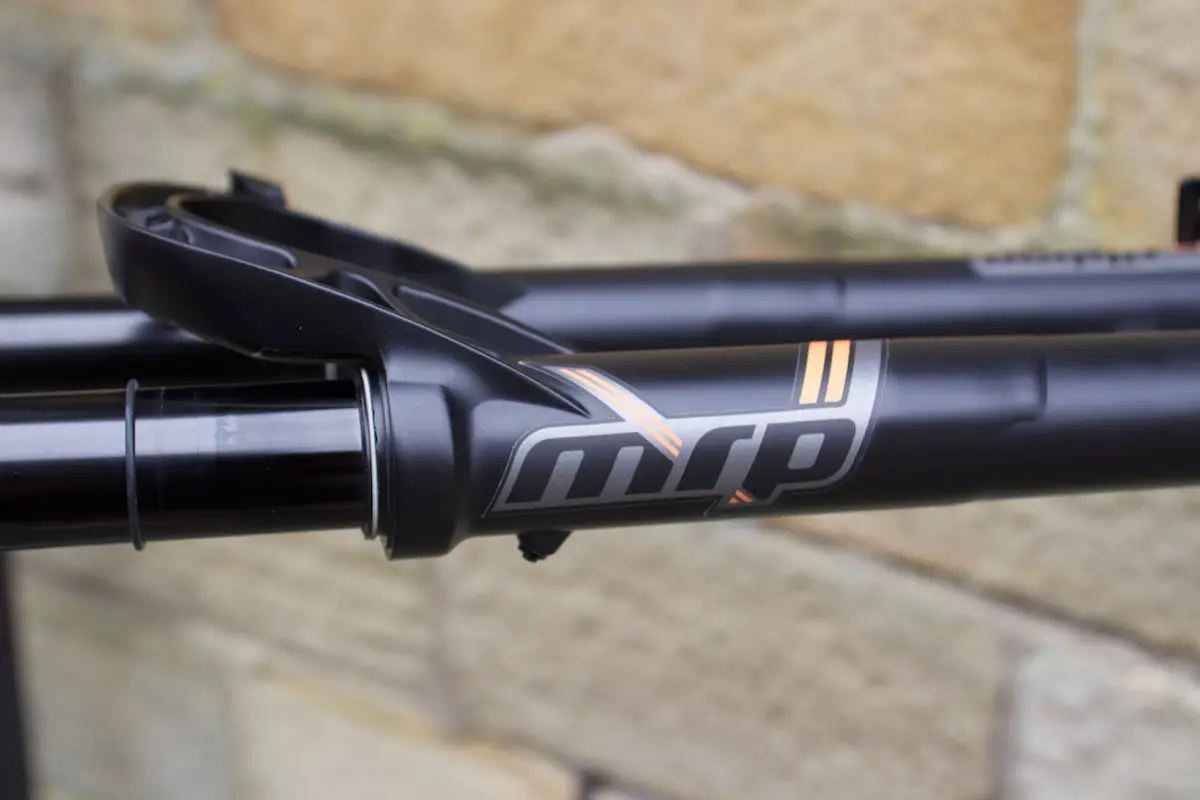
“Our goal in designing the Ribbon was seemingly impossible: building on the success of the heralded Stage, create a fork with higher performance, more adjustability, more features, all at a significantly lower weight. Those incredible demands meant we had to reimagine elements like casting design, reconfigure damper architecture, and completely retarget performance goals. The result is not just the best fork we’ve ever produced, it’s the new industry benchmark” – From MRP.
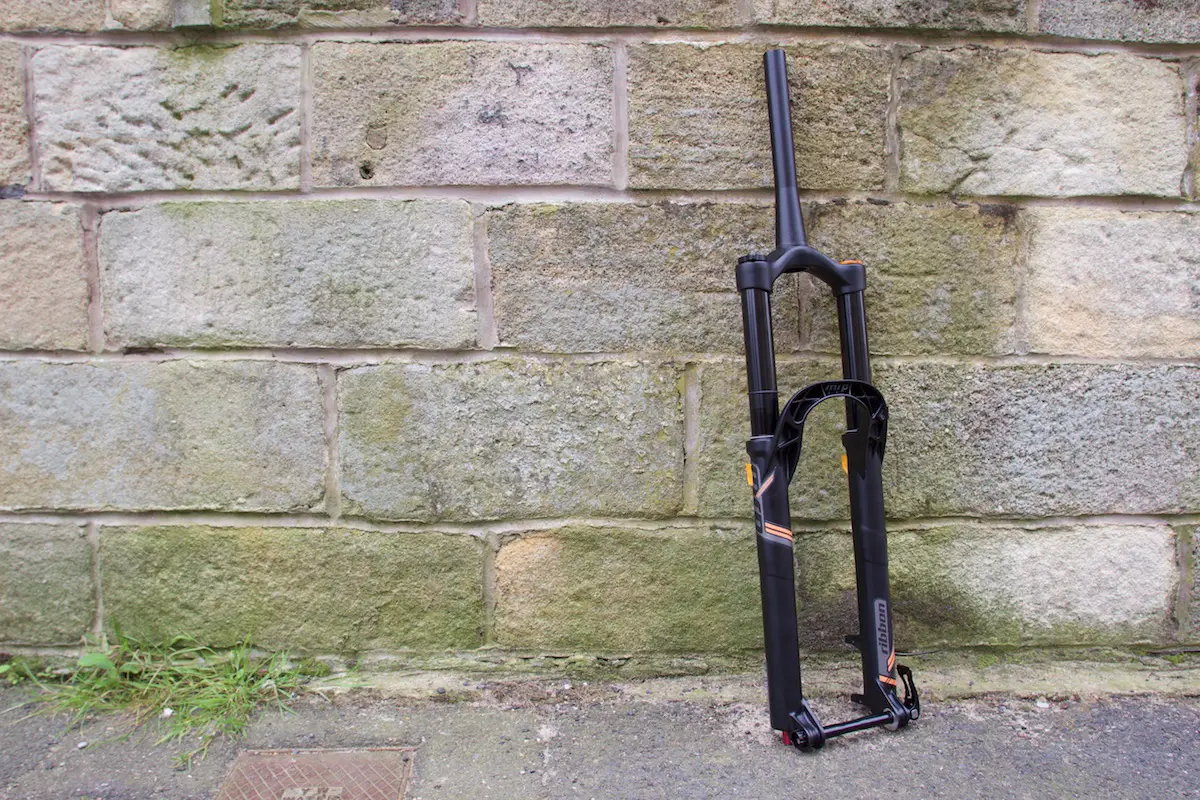
MRP Ribbon Fork Features
- Long travel trail/enduro 29er fork
- Also available in 27.5in version
- Travel: 120-160mm (internally adjustable in 5mm increments)
- Adjustable low-speed compression and rebound damping
- Air spring with adjustable positive and negative chambers
- 16-position Ramp Control for adjusting bottom-out resistance
- PSST pressure-relief valves
- Outcast arch design
- 35mm diameter anodized stanchions
- Boost specific chassis w/110x15mm dropouts
- Tool-free QR15 thru-axle
- Max tyre clearance: 29×2.6in or 27.5×3.0in
- Offset: 46mm or 51mm (46mm available as a special order)
- 180mm post mount brake tabs
- Claimed weight: 1.88kg / 4.15lbs (27.5in), 1.90kg / 4.2lbs (29in)
- RRP: £899
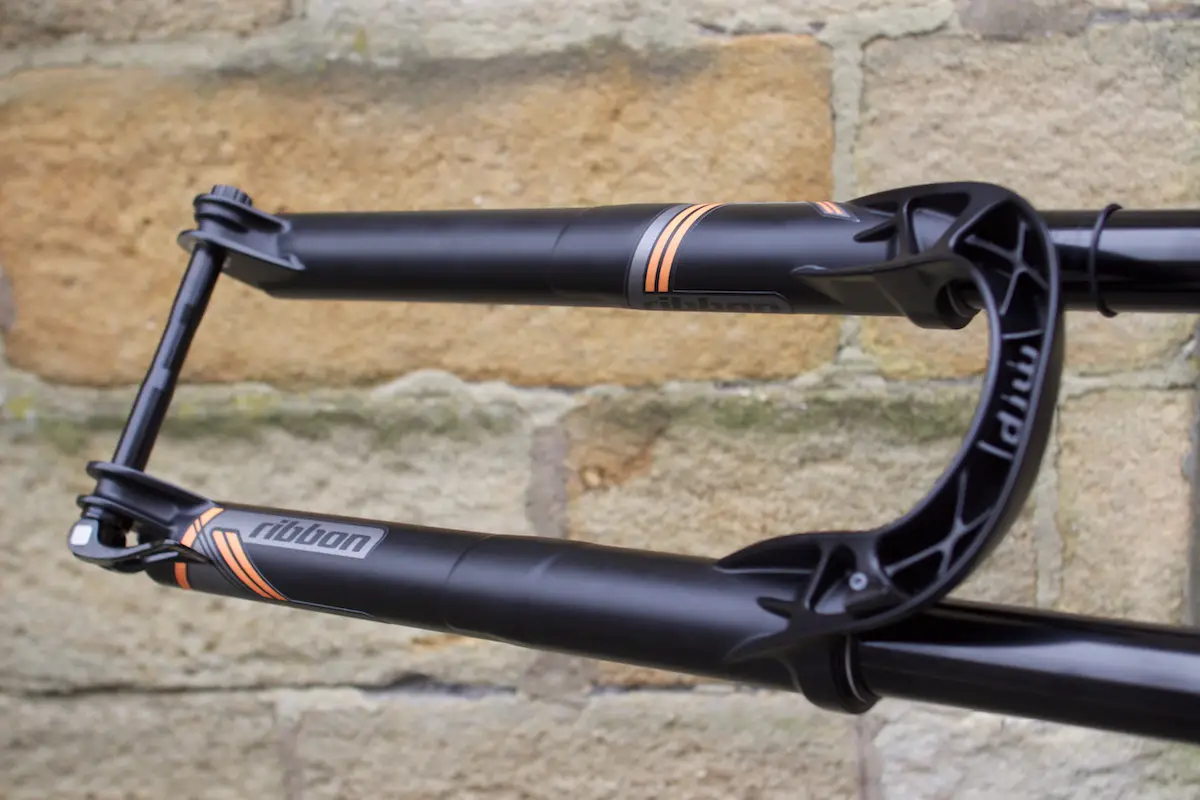
Equipped with 35mm diameter stanchions and travel up to 170mm, the MRP Ribbon is a long travel trail fork that comes loaded to the hilt with adjustments and features. It’s available in both 27.5in and 29in versions, with both forks being built around Boost-specific 110x15mm thru-axle lowers. The Ribbon fork will accept up to a 2.6in wide tyre for the new plus-minus brigade, though if you want to go proper plus, the 29er Ribbon will fit up to a 27.5×3.0in wide tyre.
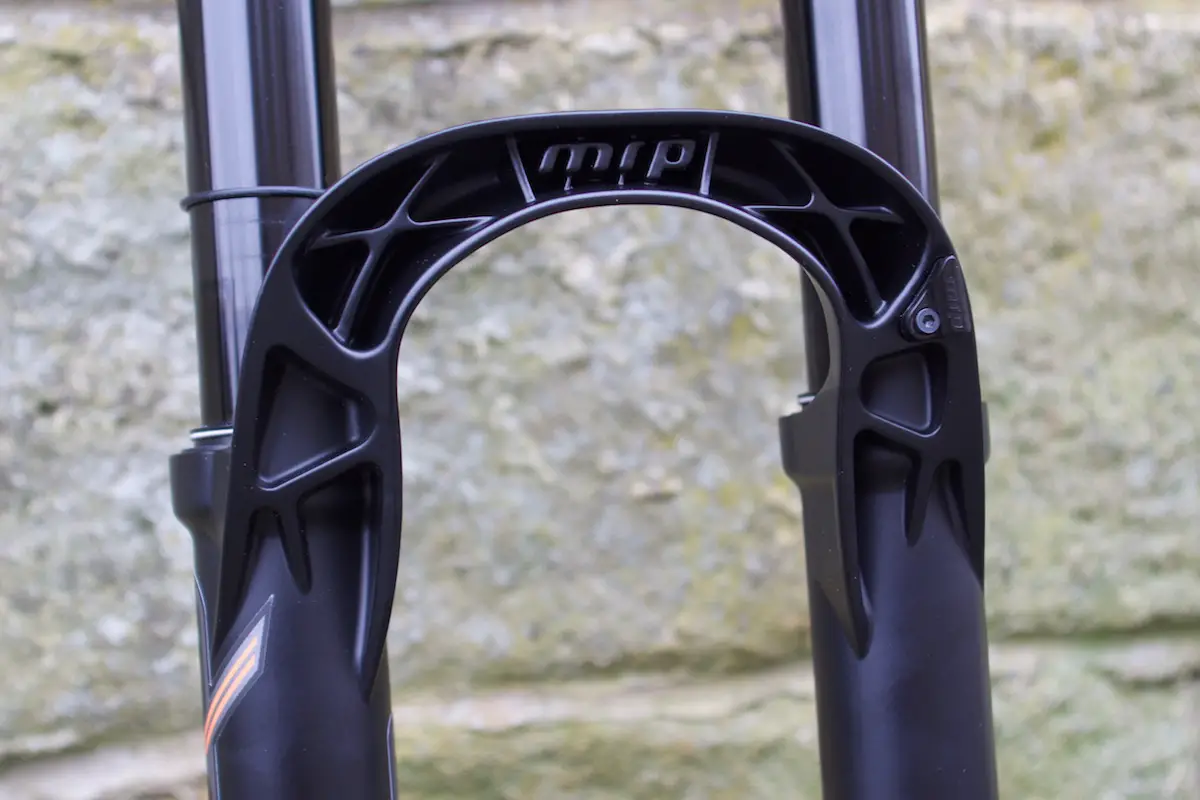
The lowers are crafted from magnesium, and use a rather unusual arch that puts the hollowed-out section on the front side of the arch. It isn’t a Reverse Arch like you’ll find on a Manitou or DT Swiss fork, but rather a conventional arch that has been flipped around. The reason? So you don’t end up with mud collecting in those hollowed-out pockets. It also gives the Ribbon a very unique look too. Personally, we’d like to see some kind of bolt-on plate to cover up the hollow section completely. Maybe with some sweet anodized colours?
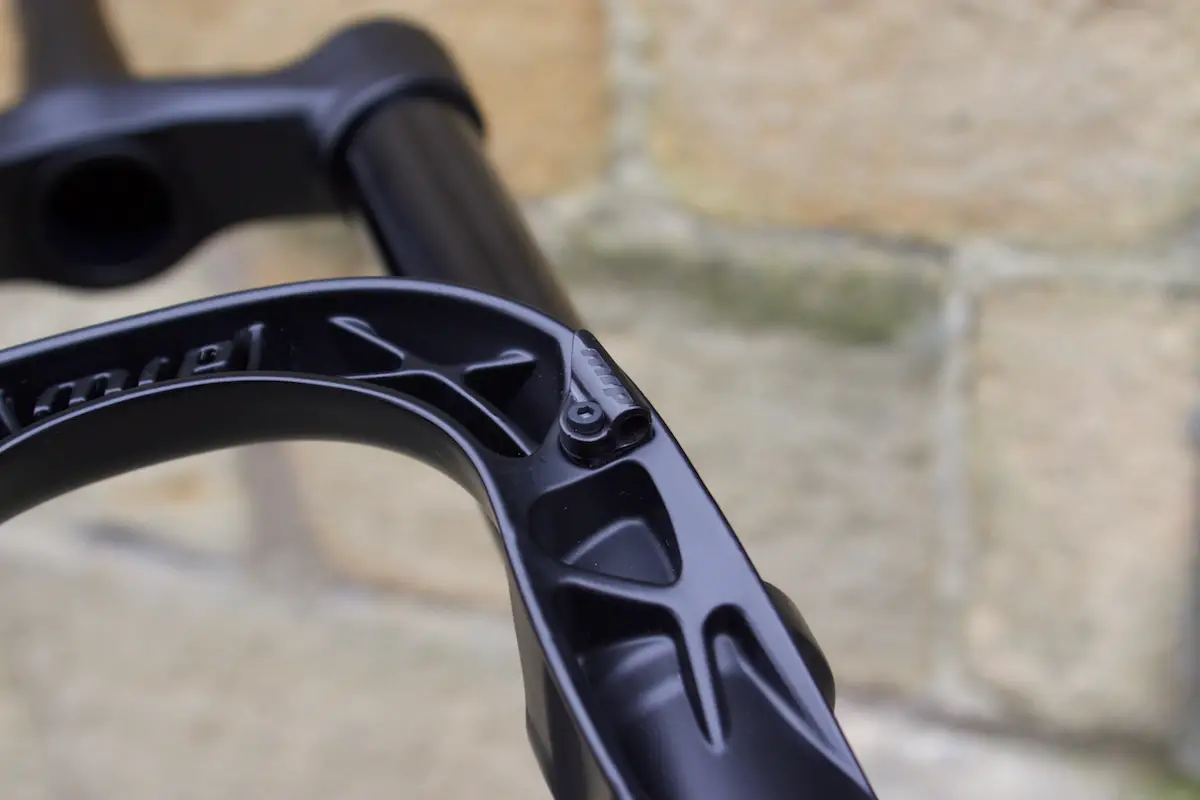
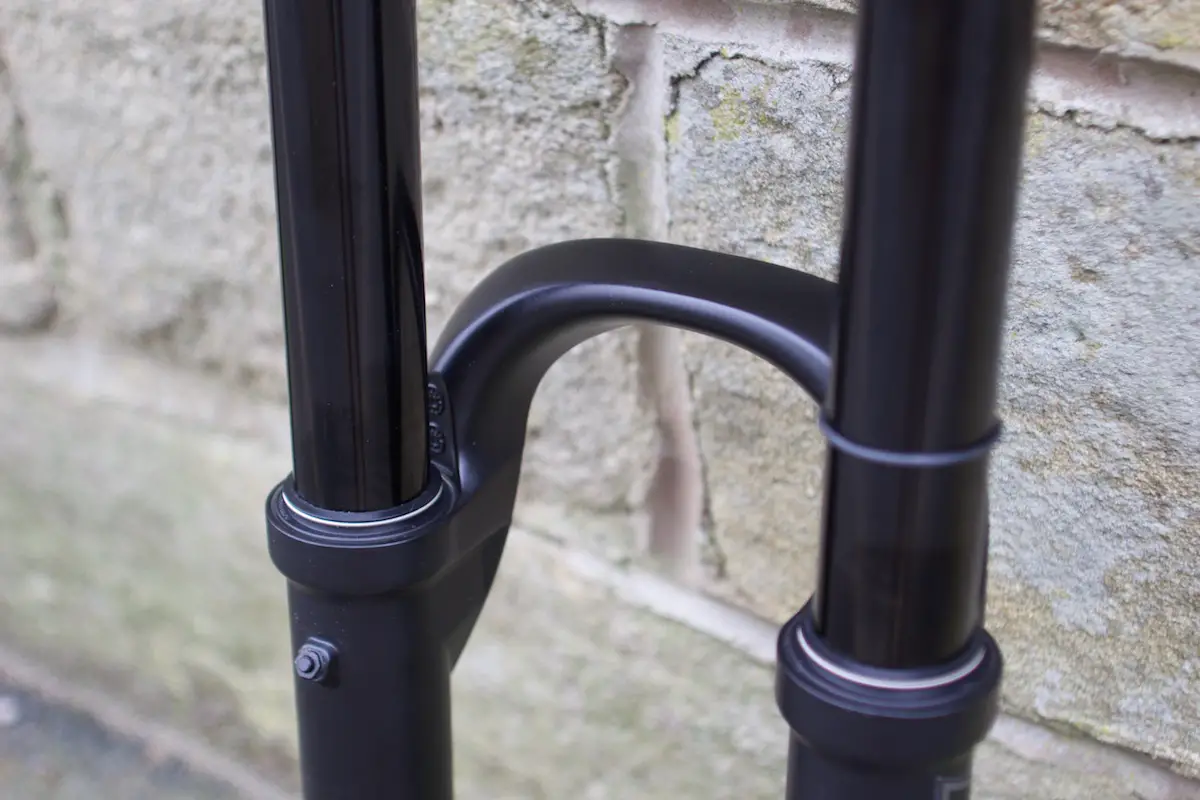
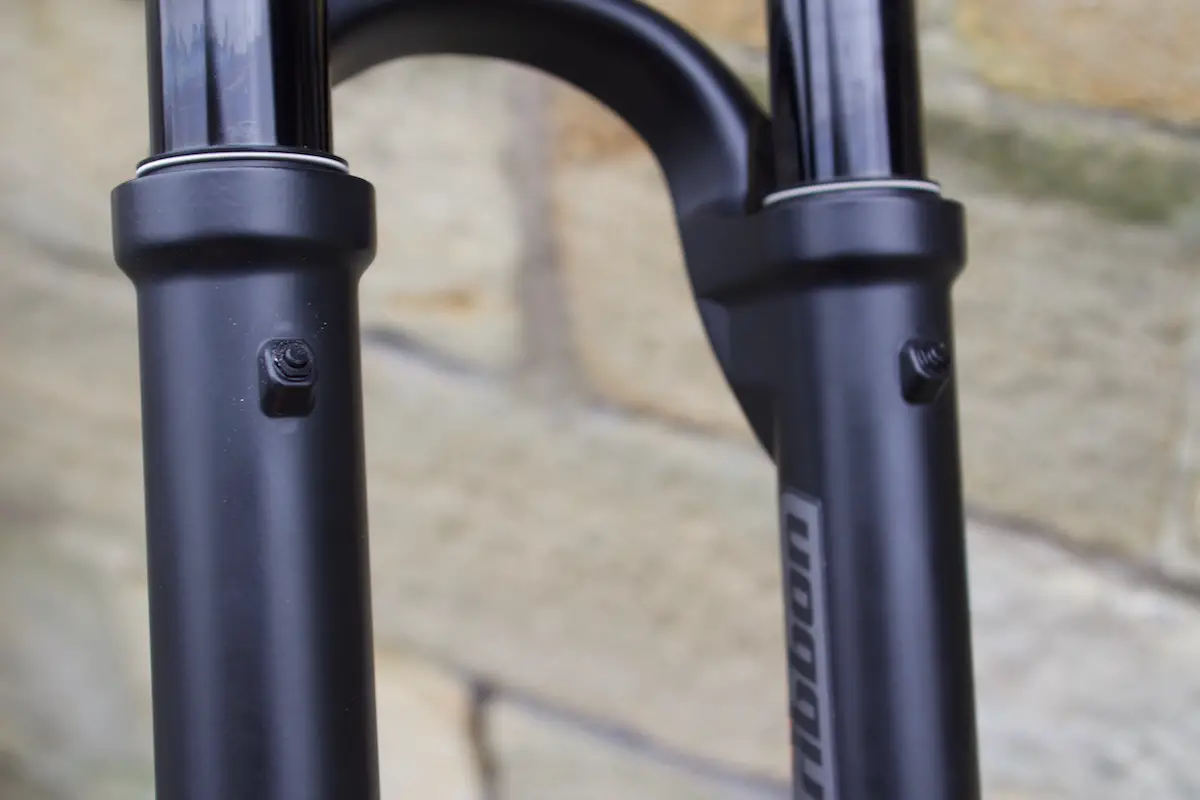
Just below the wiper seals on the backside of the fork lowers, you’ll find two little bleed nipples. These are pressure release valves, or as MRP likes to call it, the ‘PSST’ buttons. Just like you’d find on a downhill fork like the Fox 40, these little valves are designed to release air pressure that’s accumulated inside the fork lowers from changes in altitude or temperature. For those who frequent alpine terrain, this in theory should provide more consistent performance when you’re packing in run after run via the chairlift.
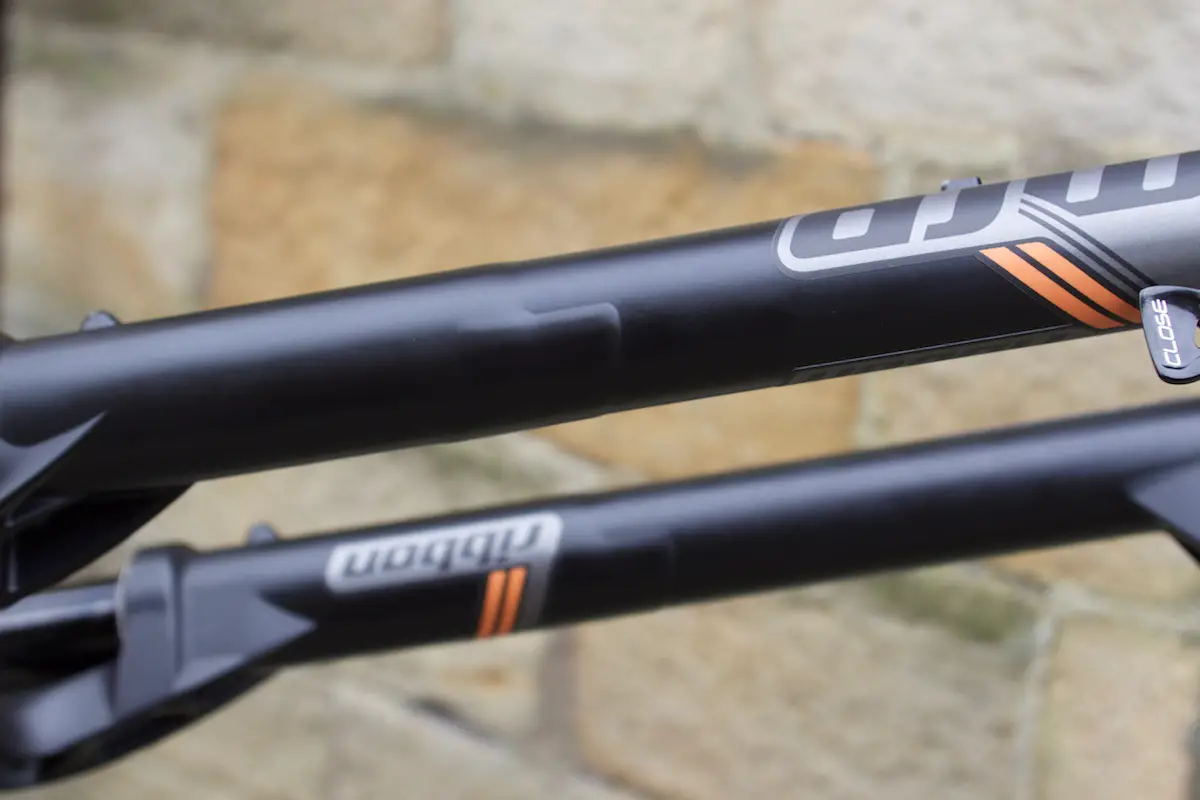
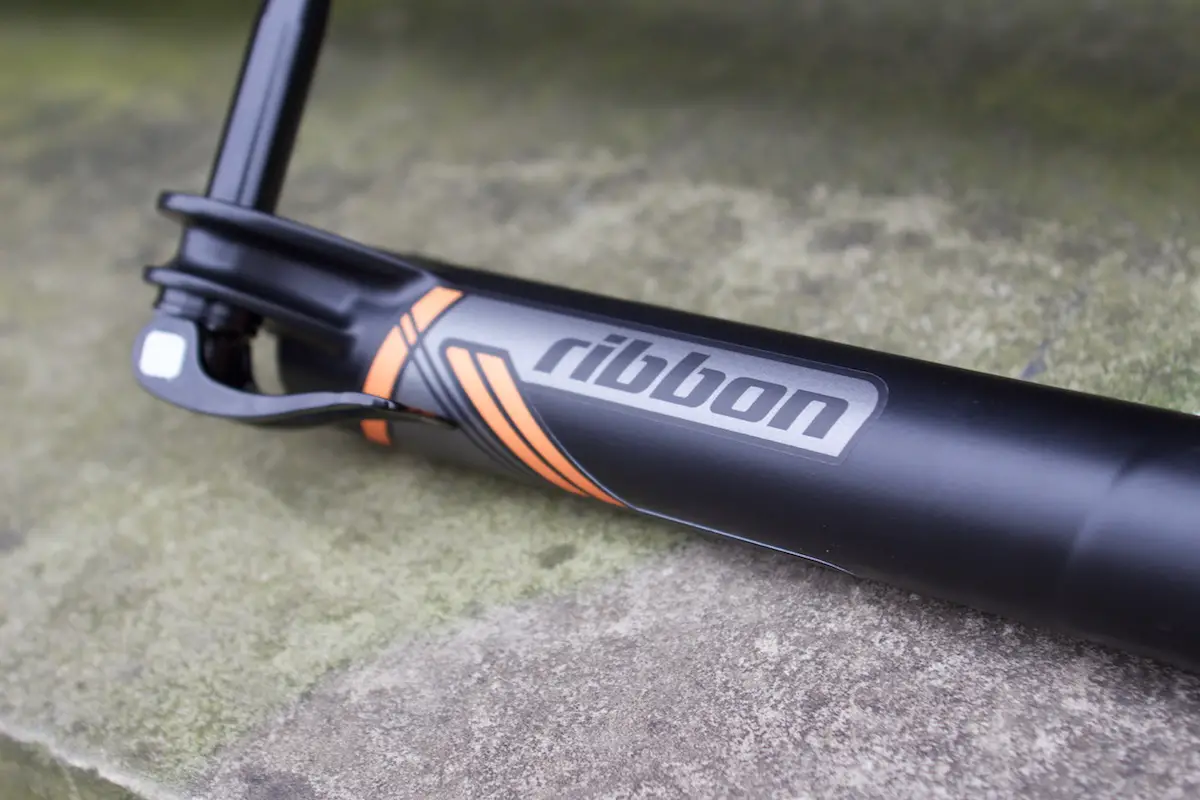

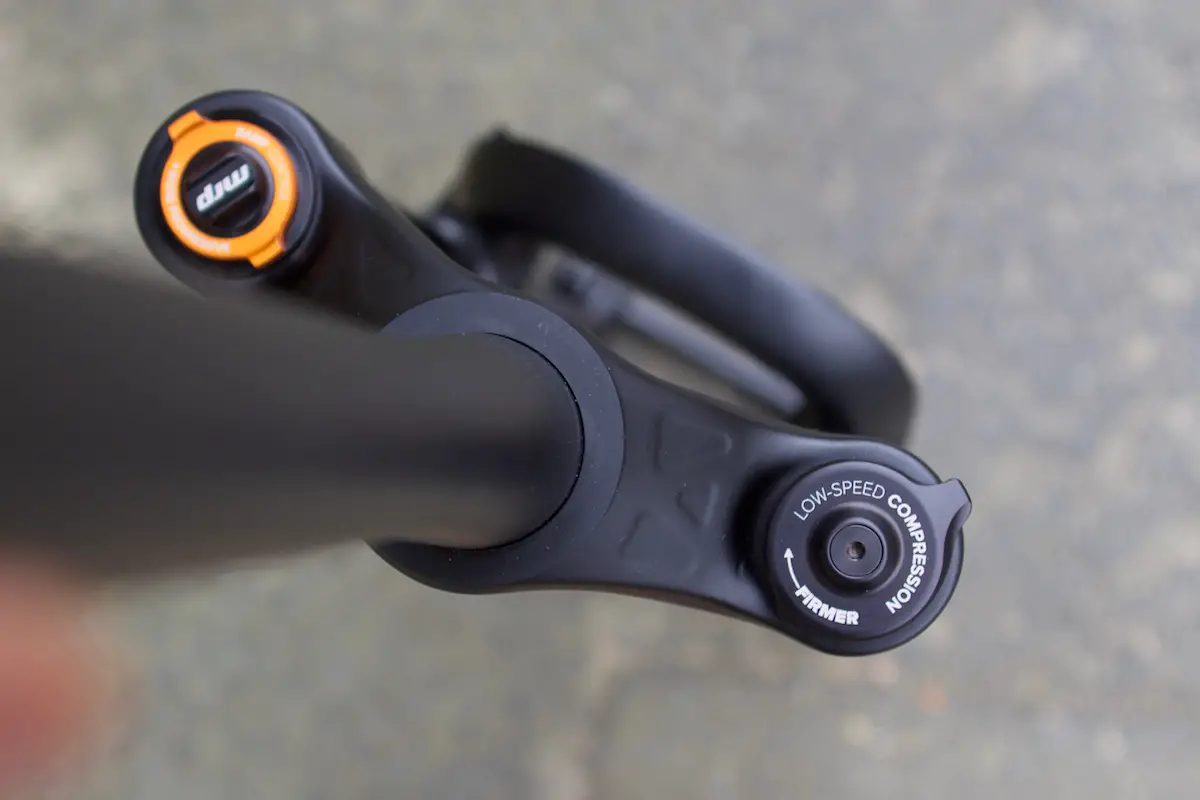
Inside the right-hand leg of the Ribbon fork you’ll find all the damping gubbins. MRP has chosen not to go with an expandable bladder system like the Fox FIT or RockShox Charger damper, but rather a low pressure IFP is used to push oil back into the damper upon the return stroke. Speaking of damping oil, MRP has some pretty big service intervals on the Ribbon fork, with the US company stating that you can get 200 hours of ride time out of the Ribbon before the damping oil needs to be changed.
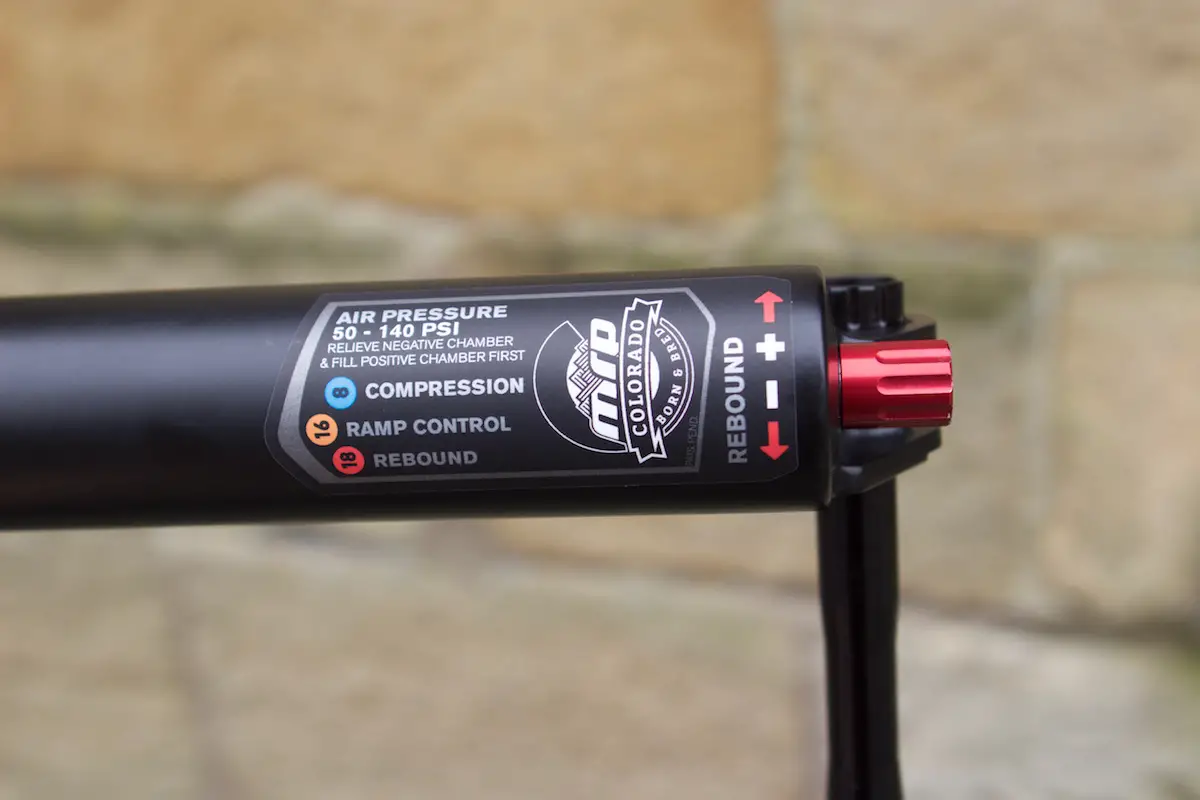
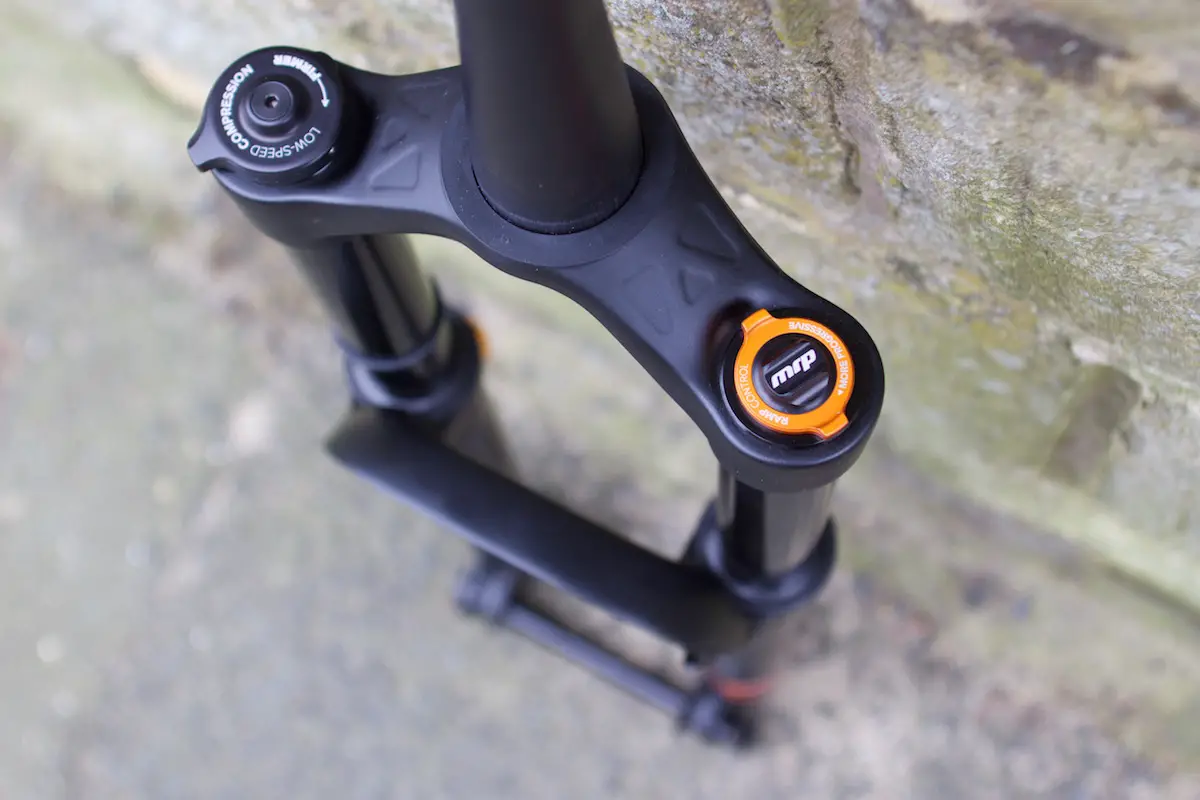
The Ribbon’s air spring offers no fewer than three different adjustments. There’s a positive chamber, a negative chamber, and the Ramp Control cartridge that allows you to tune the bottom-out resistance of the fork. In general, MRP recommends running the negative spring pressure around 10% higher than the positive chamber, though ultimately you can tune and adjust to your hearts content to get the right feel you’re after.
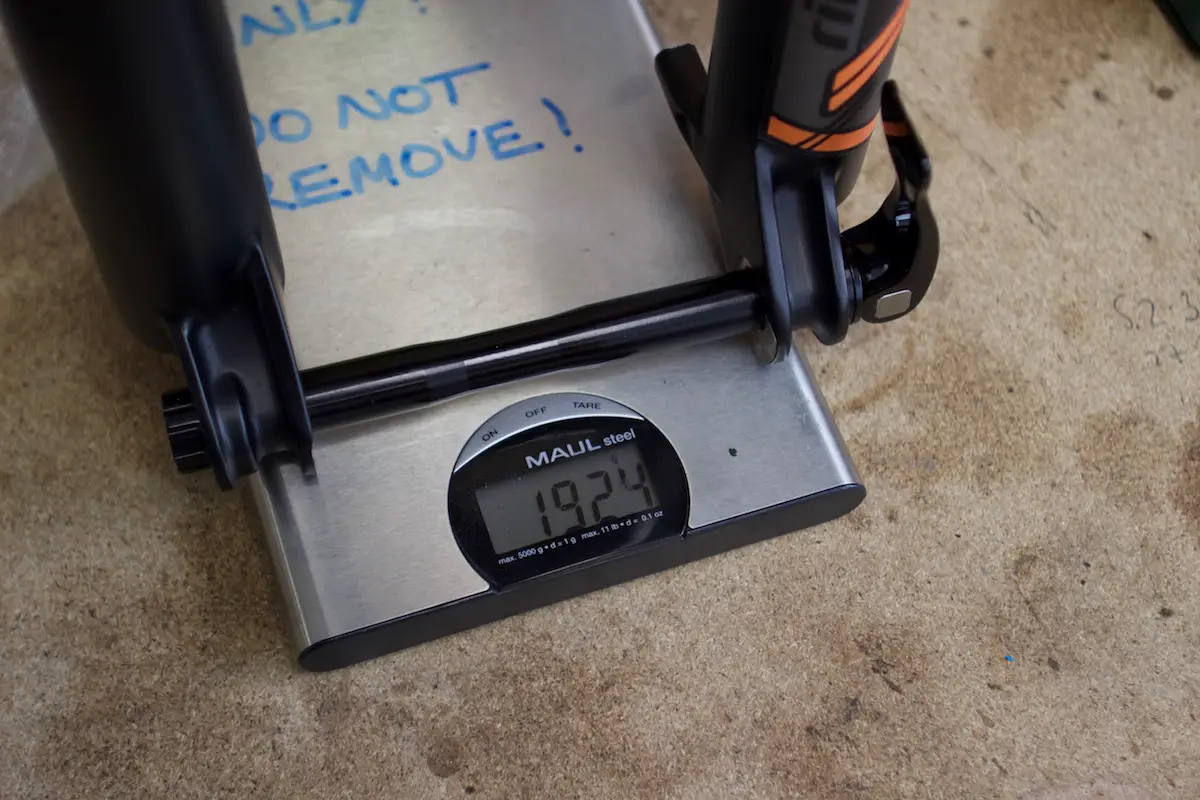

So the question remains; does MRP have what it takes to knock the RockShox Pike/Lyrik and Fox 34/36s of the world? We’re sure keen to find out, and if you are too, make sure you stay tuned for our full review of this long travel 29er fork.
Want more info on the Ribbon fork and the rest of the MRP range? Then Ison Distribution is your point of contact in the UK.





Been shouting about MRP forks to anyone that will listen for a while now. The Stage is/was awesome, the Ribbon even more of the same but lighter, longer travel and even stiffer! The controversial reverse arch looks are challenging for all of about 10 seconds, the moment you’re on the bike you couldn’t care what they look like. The reverse arch works though, they really don’t collect mud at the brace like a normal fork does!
Performance wise, they’re spot on. If you’re after the shop floor or carpark plushness of a Lyrik or a Pike, you’ll be disappointed. But out in the real world, on real trails, this is a bonus as the fork sits higher in its travel at all times, has a much more usable range of compression and rebound adjustment for the “average” rider, and the Ramp Control really is a useful feature even if you think it might not be before trying it! The dual air setup was initially a concern having had many old school dual air Rockshox forks in the past, but this is not only easier to setup but more forgiving of imprecise setup. I’m running equal pressures in positive and negative, which leaves the fork a little less supple off the top than MRP recommend, but it suits me just fine.
Definitely a more than worthy alternative to the established brands.
“Press the nipples to release the pressure”
Snigger.
Just wondering, has anybody filled in their arch pockets with something like builders foam in order to keep the mud out?
that arch looks nasty – no mud in my arch as I use a mudhugger. This protects the stanchions as well from stone hits and seals from getting covered in muck.